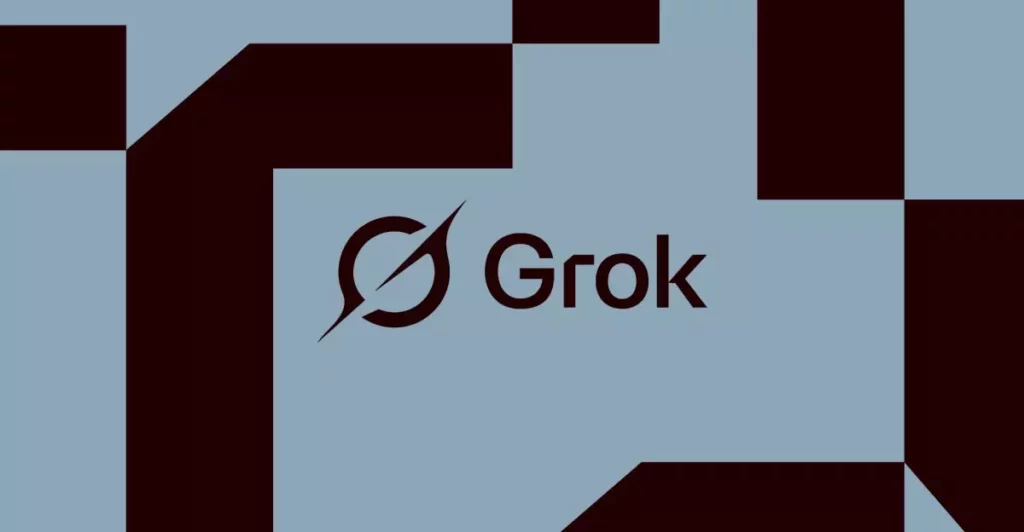In recent years, the demand for high-speed communication has soared as millions around the globe seek reliable internet access. Low-orbit satellites have emerged as a promising solution to this challenge, but technological limitations have hindered their full potential. Traditionally, these satellites have struggled with a significant constraint; their antenna systems could only support communication with a single user at any given time. This one-to-one communication ratio necessitated the deployment of expansive satellite constellations or generously equipped individual satellites, both of which came with steep financial and technical barriers.
For instance, SpaceX’s ambitious StarLink project now boasts over 6,000 satellites in low-Earth orbit, with plans for tens of thousands more. The sheer volume of these satellites raises concerns about orbital overcrowding and the potential for space debris. Yet, recent developments from researchers at Princeton University and Yang Ming Chiao Tung University present a groundbreaking solution that could alter the trajectory of satellite communication.
A pivotal paper published in the IEEE Transactions on Signal Processing details the researchers’ innovative approach to overcoming the limitations of satellite antennas. Their method allows for the simultaneous management of signals from multiple users through a single antenna array—this advancement not only simplifies the technology involved but also reduces the necessary hardware drastically.
The researchers used a strategy built upon an established technique of directing beams of radio waves precisely, akin to a flashlight projecting multiple distinct rays without needing multiple bulbs. This novel method emphasizes the potential to infinitely broaden the horizons of low-orbit satellite communication. With fewer antennas required, the specifications of future satellite networks could change dramatically, paving the way for smaller, more efficient satellites or even a notable decrease in their total number within a given coverage area.
Professor H. Vincent Poor from Princeton explained the challenge posed by satellite motion, indicating that their high velocity complicates simultaneous signal management. His computations and predictions underline how conventional methodologies have simply not been feasible in practical applications up until now. However, innovative developments like those of the Princeton and Yang Ming Chiao Tung University researchers challenge this notion by pushing the boundaries of what’s conceivable in satellite technology.
One of the most significant advantages of utilizing this new technique is its potential for vast cost reduction and efficiency increase. Typically, satellite networks require upwards of 70 to 80 satellites to adequately cover regions such as the continental United States. However, the new technological approach posits that this figure could plummet to as low as 16 satellites, thereby drastically curtailing launch expenses and power consumption.
The implications of this reduction extend far beyond mere economics. With fewer satellites orbiting the Earth, the risks associated with collisions and space debris generation are diminished. As Poor aptly noted, the growing concern isn’t just about the falling satellites themselves but about the long-term sustainability of Earth’s orbit, which could be jeopardized by clutter and uncontrolled debris. In this context, the researchers’ breakthrough represents not just a technological advancement but a step towards environmental stewardship in outer space.
While the theoretical predictions presented in the paper are compelling, researchers have moved into actionable testing since its publication. Initial field tests have successfully utilized underground antennas, demonstrating that the mathematical foundation of the research is sound. Shang-Ho (Lawrence) Tsai, a co-author of the study, reaffirmed this progress by stating the next objective is bringing the theoretical model to life through real satellite applications.
The integration of this low-cost, multi-user communication capability into existing satellite frameworks promises significant advancements in global connectivity. As various companies including Amazon and OneWeb hastily launch their satellite networks to provide internet services, this innovation has the potential to drastically reshape the satellite communication landscape.
The marriage between advanced satellite technology and the necessity for immediate, widespread internet connectivity appears to be on the cusp of revolutionary developments. With the dawn of multi-user capabilities, low-orbit satellites no longer have to conform to the constraints of their predecessors, offering hope for a future marked by enhanced communication, reduced costs, and a commitment to sustainability in space. The anticipated results may redefine not only how we connect but whether we can ensure the ecological integrity of our orbital environment amid the pursuit of progress. As the next steps materialize, the world watches with bated breath, awaiting the practical realization of this transformative approach to satellite communication.









Leave a Reply